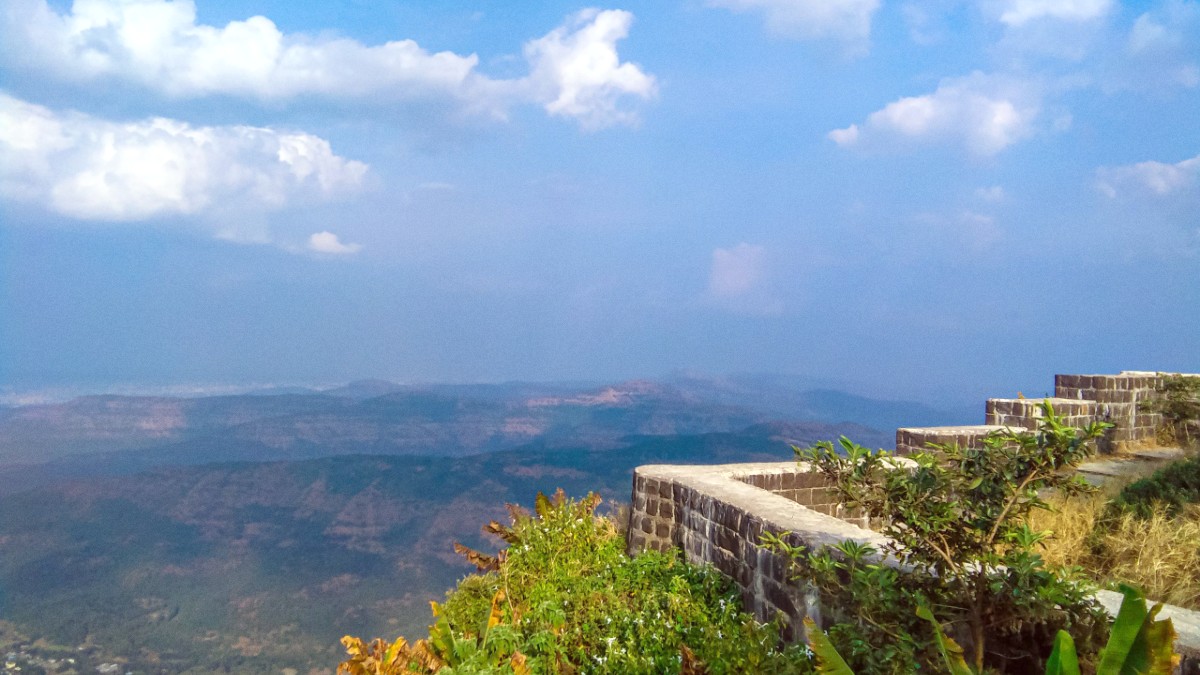
Maharashtra, India
The city, often called the "Oxford of the East," has youthful energy thanks to its numerous colleges and universities. This academic environment fosters a thriving arts scene, a dynamic nightlife, and a welcoming atmosphere for new ideas. Yet, Pune holds firm to its roots, preserving centuries-old traditions and landmarks that invite exploration and reflection.
Pune's accessible location in the Western Ghats makes it a gateway to scenic hill stations and ancient caves, adding another dimension to your travel plans.
Experience a city that truly has something for everyone.
Pune sits in the western part of Maharashtra, India, at the confluence of the Mula and Mutha rivers. Its geographical position places it on the leeward side of the Sahyadri mountain range, also known as the Western Ghats. The city lies approximately 560 meters (1,837 feet) above sea level, giving it a relatively milder climate compared to the coastal plains of Maharashtra.
The surrounding region features rolling hills and fertile plains. These hills, part of the Deccan Plateau, present numerous opportunities for trekking and provide scenic viewpoints overlooking the city. The Western Ghats themselves are an UNESCO World Heritage site, recognized for high biodiversity and endemic species. This proximity to a rich natural environment allows Pune to feature both urban attractions and accessible outdoor adventures.
Mula and Mutha (confluence within the city)
Western Ghats (Sahyadri), UNESCO World Heritage site
Deccan Plateau
Mumbai (approx. 150 km northwest, accessible via expressway)
Numerous hill forts (e.g., Sinhagad, Torna, Rajgad) and green spaces
Pune's strategic location makes it a base for exploring other parts of Maharashtra and beyond. The city's growth has expanded its urban sprawl, but the core remains defined by its riverine setting and surrounding natural contours.
The terrain around Pune includes various forts perched on hilltops, each offering historical insight and panoramic views. These include Sinhagad, Torna, and Rajgad, which had significant roles in Maratha history.
The city's development has respected some of its natural features, with several gardens and green spaces dotting the urban landscape. These spaces offer residents and visitors respite from city life.
Plan your day trips to surrounding hills early in the morning. This helps avoid the afternoon heat and enjoy cooler temperatures for trekking.
Pune's history stretches back over a thousand years, but its prominence grew significantly with the rise of the Maratha Empire. The city became the capital of the Peshwas, the prime ministers who effectively governed the Maratha Empire under the Chhatrapati. This period, from the 18th century until 1818, marked a golden age for Pune, transforming it into a major political, administrative, and cultural hub.
The Peshwas constructed architectural marvels like Shaniwar Wada, a fortified palace that served as their main residence. Though largely destroyed by fire, its surviving structures and foundations offer a glimpse into the empire's grandeur and engineering prowess. This era also saw the development of Pune's unique cultural identity, shaped by Marathi traditions, arts, and learning.
Pune served as the capital of the Maratha Peshwas from the 18th century until 1818, a period of significant growth.
structures like Shaniwar Wada showcase the architectural grandeur of the Maratha Empire.
The city nurtured scholars, poets, and reformers, contributing to social and political movements.
Following the decline of the Maratha Empire and the advent of British rule, Pune became an important military base and a seasonal capital for the Bombay Presidency due to its agreeable climate. This period brought new architectural styles and institutions, including educational establishments that would lay the groundwork for Pune's future as an academic hub.
Often referred to as the "cultural capital of Maharashtra" due to its history of supporting arts, literature, and education.
Major industrial and IT hub, hosting multinational companies and a robust automobile sector, attracting a diverse population.
Influx of diverse population leads to a wide variety of dining options, shopping centers, and modern amenities.
Western Maharashtra, Deccan Plateau, approx. 560 meters (1,837 feet) above sea level.
Former capital of the Maratha Peshwas, major educational, IT, and industrial hub.
Marathi (local), Hindi, English (widely understood). Indian Rupee (INR).